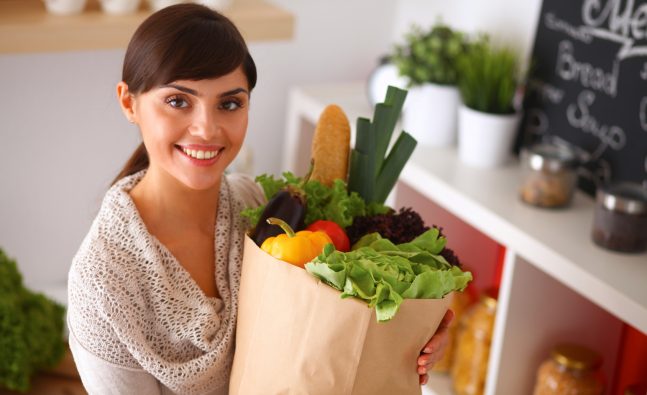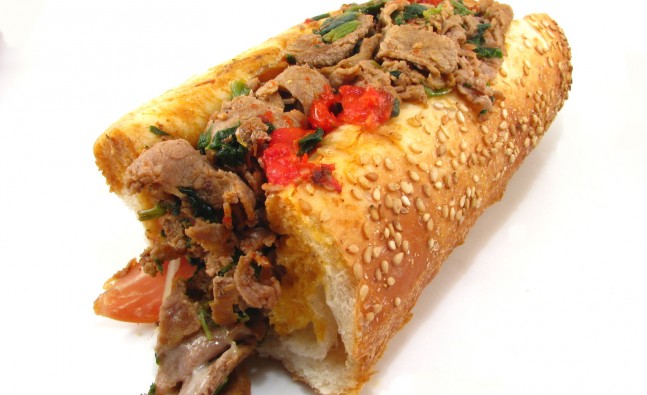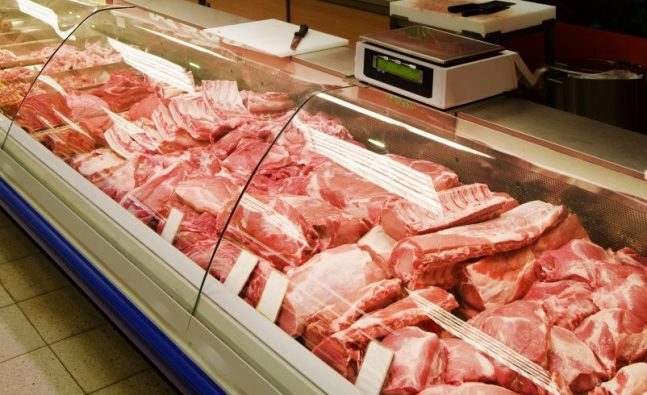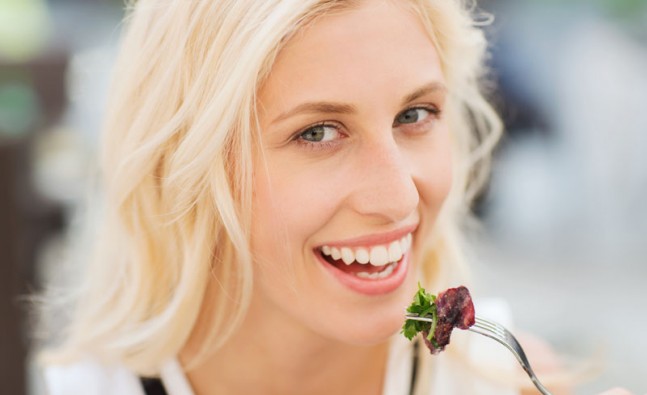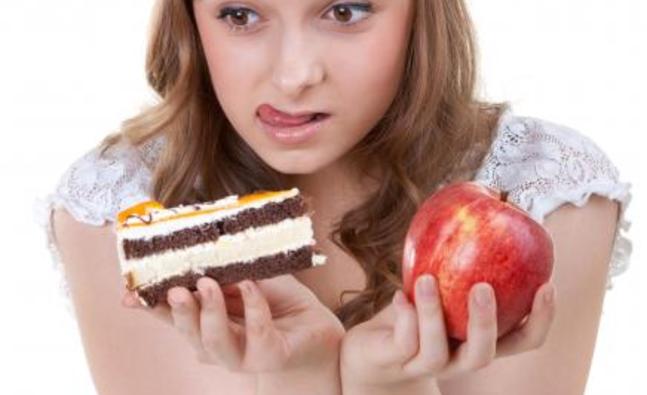The lowdown on whats in your glass
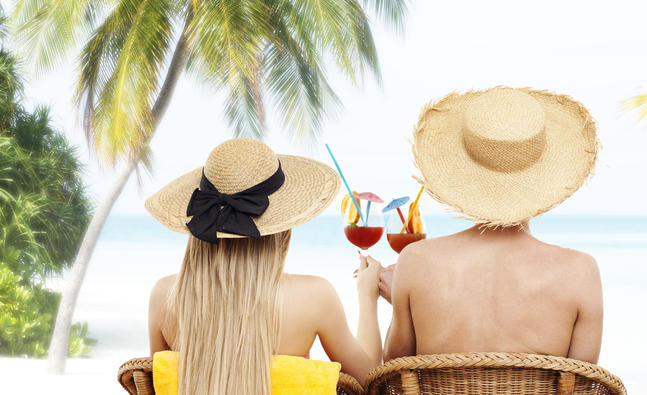
Be mindful that you don't "drink" your kilojoules
Take the following into consideration the next time you opt for an alcoholic beverage, as one gram of alcohol is equal to 29 kilojoules.
Furthermore, you normally drink alcohol in addition to food
Alcohol in moderation (two drinks) stimulates the appetite. Salty snacks served at a bar make you thirsty, and alcohol acts as a diuretic. Two reasons why one drink makes you drink more.
A hangover is a sign of dehydration.
-
Alc 12.5% (label on a bottle of wine) means that the wine contains 12.5g alcohol/100ml, but remember, a small glass of wine = 180 ml.
-
4.7% alc/vol (label on a bottle of beer) means that the beer contains 4.7g alcohol/100ml, but remember, a bottle of beer = 330ml
Mixers like Coke, lemonade and fruit juice can add a substantial number of kilojoules (energy) to an alcoholic beverage. Water/soda water and/or lots of ice are the best ways to make an alcoholic drink âlast longerâ and also minimise dehydration.
ALCOHOLIC BEVERAGES: ENERGY CONTENT (kJ) PER DRINK
-
Double brandy and Coke: 940
-
Double brandy and Coke Lite: 532
-
Double whiskey and water/soda water: 522
-
Single whiskey and water/soda water: 261
-
Beer (can): 585
-
Hunters Lite: 425
-
Windhoek Lite: 381
-
Savanna: 825
-
Savanna Lite: 554
-
Glass of wine: 596
-
Vodka and orange juice: 783
However, that is not the whole story. Even if you never touch alcohol, bear in mind the following:
COLD DRINKS, ETC: ENERGY (kJ) CONTENT PER CAN/BOTTLE
-
Ice Tea (500ml): 665
-
Appletiser: 572
-
Fanta / Cream soda (can): 825
-
Red Bull (small can): 643
-
Oros: 480
-
Coke (500ml): 1 250
-
Vitamin water: 102
-
Flavoured water: 85
-
Low fat drinking yoghurt: 795
-
Water: 0
- DON'T MISS
- 6 Ways Sleep Can Help You Lose Weight
- Drink without ruining your diet
- The Secret to Losing Belly Fat
- Researchers Admit Green Coffee Bean Extract Weight-Loss Study Was Bogus
- Quick tips for WEIGHT LOSS: Only eat at this specific time
- Potent fat fighter!
- The 3 Best Baked Goods for Weight Loss
- How to lose love handles fast
- 5 Motivating benefits of losing weight
- Let go of weight loss barriers
